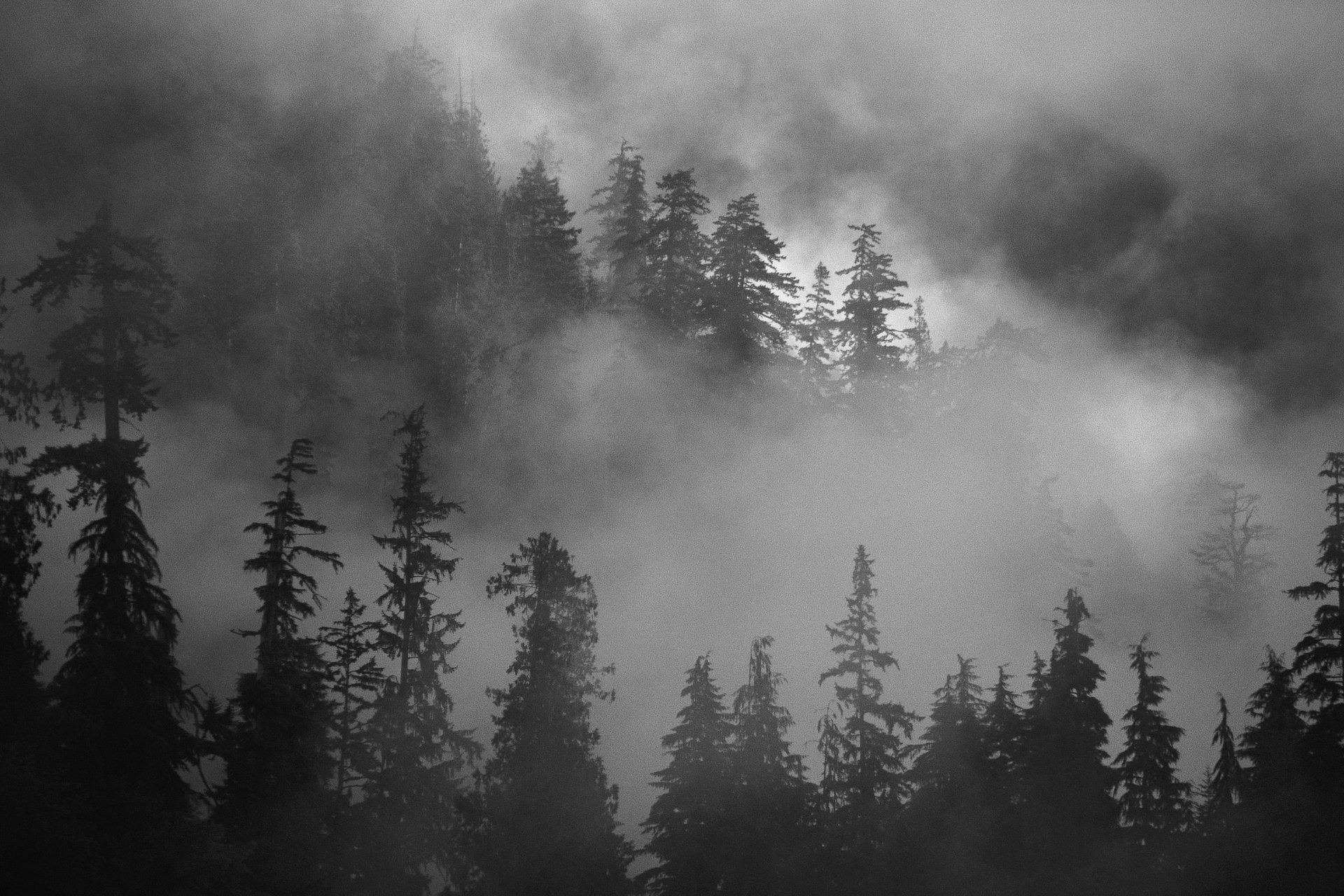SHANE PATTERSON-TRACKER
- Lynn Bohart

- Apr 11
- 7 min read

SHORT BIOGRAPHY
Shane is a certified tracker through the Joel Hardin Professional Tracking Services Program and has also provided instructive services for them. He participated in Search and Rescue missions throughout the Rocky Mountain region for more than ten years. Additionally, Shane is a member of NecroSearch International, a volunteer group providing law enforcement agencies with clandestine-grave and evidence discovery services.
Volunteering with LCSAR and NecroSearch International has allowed Shane to teach classes in tracking at conferences for law enforcement officers, detectives, park rangers, search and rescue volunteers, forensics personnel, and others. He has also provided tracking services through Rocky Mountain Trackers since 2005. Shane strongly believes that the use of tracking skills and techniques can provide valuable insight to law enforcement, search & rescue, and military personnel to help solve crimes, create some closure, and ultimately save lives.
INTERVIEW
LYNN: Explain to our readers what the definition of a ‘tracker’ is as you know it.
SHANE: A tracker is someone trained to notice evidence of the passage of a person(s) in the environment. In other words, the tracker is ‘clue-aware’ and notices things that don't belong, such as disturbed rocks, soil depressions, changes in vegetation, or any change in the environment that looks like it shouldn’t be there. The tracker is looking for the ‘sign’ left behind by the person or persons they are tracking.
With experience, you start to interpret the tracks (what we call “sign”). ‘Sign’ tells a story or eliminates a story of the person(s) as they moved through the area and can help you determine the direction, speed of travel, and much, much more. As a tracker, you focus on the sign, but you must always be aware of your surroundings. Some missions or cases may involve an armed or dangerous person. Being aware of sounds, smells, and visual observations can help with your safety and mental clue gathering.
LYNN: What skills or equipment does someone need to qualify for this type of work?
SHANE: Depending on the case or mission, the equipment will vary, such as having a tracking stick, tracking card, pencil, pen, black marking pen, notebook, preferably a wide rim hat or ball cap, and compass, along with several colors of marking tape (plastic and bio degradable), and wood skewers that have had the top three quarters of the skewer painted different colors for separate suspects.
For night tracking, you can use your skewers with reflective tape on the tops. It’s good to carry a 3x5 mirror to enhance a track for detail by reflecting light. Other than things like flashlights, batteries, sturdy boots or shoes, rain gear, and appropriate clothing for weather, trackers should bring water and food since they are often out for hours.
And don’t forget a communication device. I carry two. One to communicate with my fellow trackers and immediate team and a separate one for official broadcasting.
The only skill you need is the willingness to learn. However, you also need a lot of patience and determination. Hard work and practice are key to your success. Every day is a new learning day. Every track, every sign is different. You learn to track in different environments and weather. For instance, tracking in Colorado would be different than tracking in Hawaii.
After a lot of practice you become better at “aging” sign. This is an estimate of time the person had passed through an area.
LYNN: What about tracking someone in an urban area?
SHANE: I have been asked that question a lot. It is possible but more difficult. You can get partial sign with a possible direction of travel, etc. For instance, alleys are a great “track trap.” This is where you can find tracks in the sandy dirt gatherings. Walking through puddles and leaving a wet track, which often dries to leave a beautiful track. Walking through the snow on a sidewalk after shoveling/sweeping away the snow, you may still see the track because it was compacted and melted to the sidewalk with a perfect footprint impression. There's so much to tracking that I can't explain it in just a few paragraphs.
LYNN: How did you get into this business?
SHANE: The short story is that I met a guy named Dave Hake who was on the Larimer County Search and Rescue team in Colorado. I told him of my interest in tracking, and he invited me to a tracking practice that weekend. Dave then introduced me to Universal Tracking Services, and Joel Hardin Professional Tracking Services. After studying and practicing tracking for two years, Dave talked me into joining the Larimer County Search and Rescue team as a volunteer tracker.
So, I joined Search and Rescue in 2006, and then I stayed with them for about ten years until I had to leave due to back surgery. Years later I was interested in taking a Forensic Anthropology class at Front Range Community College in Fort Collins. That’s how I met Julia Bauer, who was the instructor and part of NecroSearch International. I was interested in contacting NecroSearch to introduce tracking to them as another tool for their information gathering. I felt it could be an integral tool for some of their cases. Julia sponsored me to attend the NecroSearch meetings as a guest. After a few years, I was honored to present a PowerPoint to explain the use and the art of tracking as a potential tool for the group. The concept of ‘tracking’ and I were accepted into the group, and here I am.
LYNN: Do you get paid to track?
SHANE: I have never received money for tracking, either with Search and Rescue or NecroSearch. I've taught tracking to kids’ groups, law enforcement, search and rescue and others, but it has always been volunteer work.
LYNN: Describe the process you go through before you begin a case? What questions do you ask? What information do you need to get started?
SHANE: Of course every case is different but the basics are to find the “point last seen” or “last place known.” You need to know the approximate date of the incident. What was the weather in the area at the time. What were the witness statements of said incident. Learn a little bit about the subject you are searching for. Are they on medication, what event happened with the subject before the incident. If a witness is available, you interview them to determine more understanding of the subject. The tracker can get all kinds of information but what's important is to identify the correct footprint. Listen to the sign/footprints. Keep the information you find out about the person in the back of your mind but don't rely on it. What you're relying on is what you see on the ground--those are your answers. What does the sign say? What story is it telling you? For instance, you want to pay close attention to the type of footprint or shoe tread in case the sign you’re following crosses another print.
LYNN: What’s the step-by-step process?
SHANE: Its interesting that you said step-by-step, because that’s actually what a tracker does. We follow “sign” step-by-step, especially in the beginning when you're learning. Every footprint teaches you something new. Just like fingerprints, every footprint has a different characteristic. When we identify the place last seen or known, that's where we begin. Let's say the last known place the person was, was in their vehicle. We approach the vehicle at an angle, and as we approach we assess and look for any signs of footprints leaving the vehicle or around the vehicle.
If we know it's just the driver, then we know to look on the driver side for any evidence of the subject leaving the vehicle. That is a very good indication of where we start. We draw the footprint on a tracking card. We record measurements of the print characteristics and anything that can help us with said track. Some trackers take pictures along with their drawing to help them visualize the track. The reason we draw it is to get it embedded in our brains, so that when we see it, we know for sure that it's the right track.
Sometimes, if there's a lot of contamination, meaning a lot of footprints all over the area, having that drawing embedded in your brain helps you eliminate all the mess. Many of us have a tracking stick. I'm from the background of having one with me at all times while tracking. Once you draw your track you then set your stick up, you point your stick at the heel of the next footprint. Pull a rubber band back on the stick to the back heel of the first footprint and pull a rubber band to the toe tip of the first footprint. This then sets the distance between each track.
Like a magic wand, you pivot the stick to point to the next track. This will vary depending on the speed of travel and the variance of elevations. But it puts you in a ballpark of your next footprint. This can help sometimes when you're having difficulty. But depending on the terrain or the situation, many times you can see the line of sign yards away and just follow it almost running. Other times you run into difficulties such as boulders, sidewalks, etc.
LYNN: Do you do this alone or with others, and who takes charge?
SHANE: Best case scenario is a team of three. You form a point/prime tracker and two flankers. Visualize a triangle. The prime or point person is in charge. They’re the one on sign, following footprints step-by-step. The flankers are on each side of the tracker on point. Flankers keep an eye on any sign outside of the line of sign. You may lose your track and have to pick it up by cutting ahead with your flankers.
The point tracker stays behind to keep working on the line of sign. Once the sign is identified again, then the point person marks the last good footprint and goes up to the flankers. They all verify that it is the footprint they're following. We always work as a team and analyze questionable tracks so we're all in agreement before moving on to the next track.
The reason trackers call it “sign” is because you don't always see a full footprint. You may see a scuff or a broken twig or a smashed rock in the ground. There may be a quarter size of lines or design shoe print that you can identify. You rarely see a full footprint.
At the moment, I'm the only tracker on the NecroSearch team. But I’ve also taught at the conferences and assisted in some of the cases. Tracking can be an incredible tool for investigations.
LYNN: What happens once you find what you’re looking for?
SHANE: You document everything with notes, maps, and drawings and then report to the commanding officer. You meet back for briefing, pack your stuff up and head home. You have all your notes with you so you write a report in case the authorities ask you for it.
LYNN: Wow, Shane, thank you so much. I'm not only impressed with how much you know but with the patience you must exercise to do this job effectively.






Comments